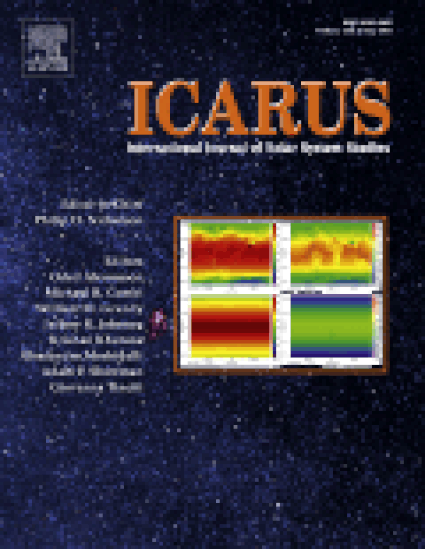
Article
Rotation Lightcurves of Small Jovian Trojan Asteroids
Icarus
(2015)
Abstract
Several lines of evidence support a common origin for, and possible hereditary link between, cometary nuclei and Jovian Trojan asteroids. Due to their distance and low albedos, few comet-sized Trojans have been studied. We present new lightcurve information for 19 Trojans ≲ 30 km in diameter, more than doubling the number of objects in this size range for which some rotation information is known. The minimum densities for objects with complete lightcurves are estimated and are found to be comparable to those measured for cometary nuclei. A significant fraction (~40%) of this observed small Trojan population rotates slowly (P > 24 hours), with measured periods as long as 375 hours (Warner and Stephens, 2011). The excess of slow rotators may be due to the YORP effect. Results of the Kolmogorov-Smirnov test suggest that the distribution of Trojan rotation rates is dissimilar to those of Main Belt Asteroids of the same size. Concerted observations of a large number of Trojans could establish the spin barrier (Warner et al. 2009), making it possible to estimate densities for objects near the critical period.
Keywords
- Asteroids,
- Trojan asteroids,
- Asteroids rotation,
- Comets
Disciplines
Publication Date
Summer July 1, 2015
Publisher Statement
Icarus is published by Elsevier, http://www.journals.elsevier.com/icarus.
Citation Information
Linda French, Robert D. Stephens, Daniel Coley, Lawrence H. Wasserman, et al.. "Rotation Lightcurves of Small Jovian Trojan Asteroids" Icarus Vol. 254 Iss. July (2015) Available at: http://works.bepress.com/linda_french/9/
